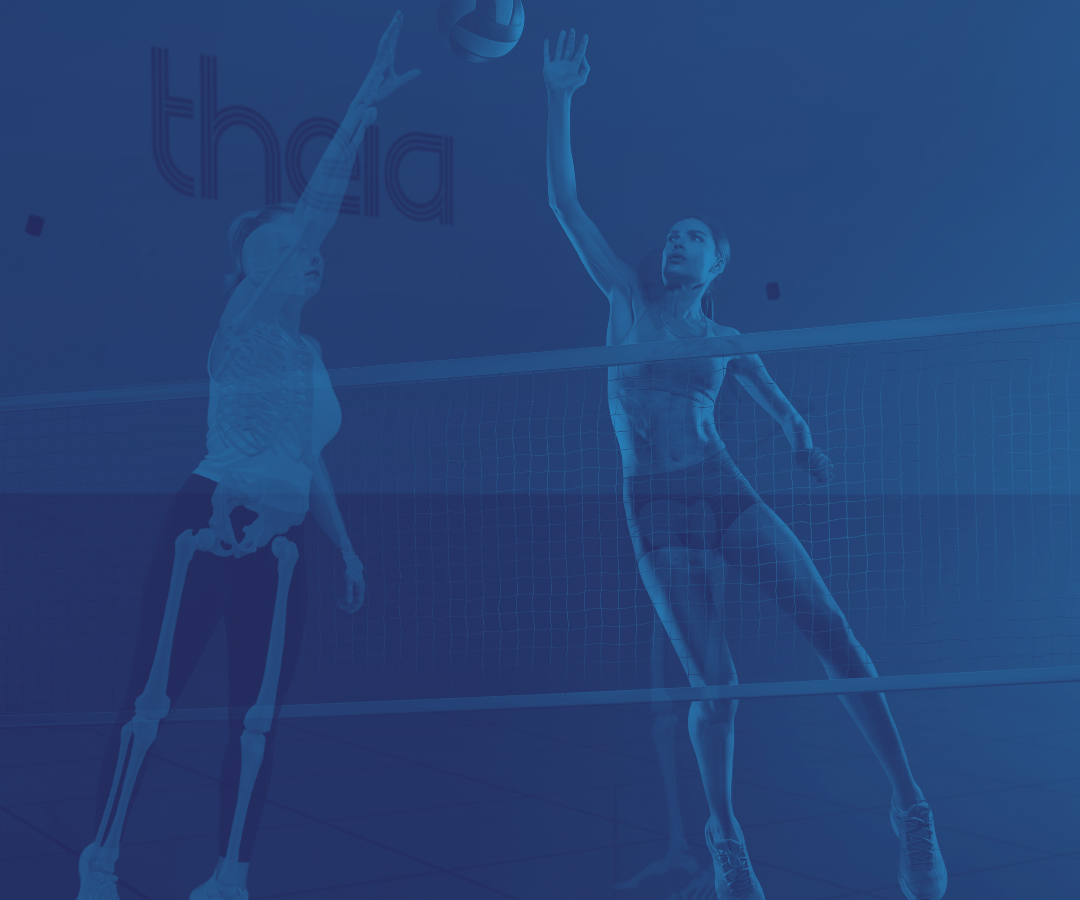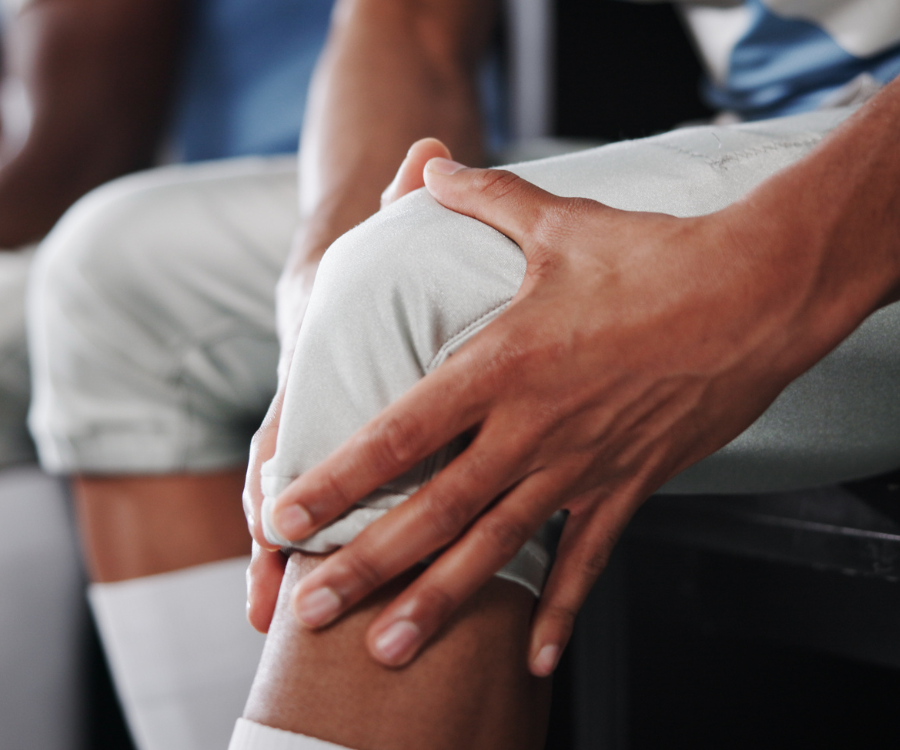Summary
How will you track hundreds of athletes without sacrificing data quality?
This post addresses Pillar E: Data Management, which includes four critical features (Standardization, Interoperability, Maintainability, and Scalability), that enable researchers and practitioners to collect, process, and manage large-scale biomechanics datasets without compromising lead quality.
Built for Real-World Data Integrity
Theia3D was designed from day one to make motion capture data more scalable, portable, and standardized, removing many of the long-standing barriers that limit large-scale biomechanics research and high-throughput athlete monitoring across teams, sites, and environments.
Curious how this could work in your lab or athlete monitoring setup?
Book a free quick consult and we’ll walk you through it →
Data Standardization
STRN Definition: Data is available in, or convertible to, standardized formats in line with conventions across a variety of contexts.
Theia3D supports standard file formats at every stage of the data pipeline. Inputs include .AVI, and .MP4 videos from a variety of supported cameras. Outputs include industry-standard formats like .C3D, .FBX, and .JSON, making it easy to work with external software tools or research workflows.
More importantly, Theia3D uses a standardized biomechanical model that is applied consistently across trials, participants, operators, and environments. In contrast, marker-based systems often introduce inconsistencies due to joint definitions and marker placement between sites. Theia3D eliminates this inter-operator variability, enabling the creation of large-scale, multi-center datasets that are truly comparable.
Interoperability
STRN Definition: Ability of the tech to connect and communicate with other entities at foundational, structural, or semantic levels.
Theia3D is designed for seamless integration:
- Compatible with multiple camera systems and calibration files
- Supports batch processing via command line for larger data pipelines
- Easily synchronizes with external data sources (e.g., force plates, EMG) via .C3D, enabling multi-signal analyses
This flexibility allows Theia3D to plug into a wide range of research and performance workflows.
Maintainability
STRN Definition: System functionality remains stable with minimal disruption during upgrades or maintenance.
Software updates are released regularly to improve performance and add new features. These updates are thoroughly tested and communicated via email, blog posts, and social channels.
The Theia portal makes it easy for users to manage licenses and download the latest versions, and versioning is handled carefully with older builds remaining available for transition periods. Our goal is to ensure upgrades never interrupt your workflow, while continuing to develop and update our leading algorithms for customer use.
Scalability
STRN Definition: The tech’s ability to scale with increased demand or new applications.
Theia3D unlocks true scalability in human movement research:
- No markers or wearables - faster data collection in natural environments
- Operator-independent outputs - enables multi-site studies without harmonization issues
- Automated batch processing - frees up team’s time for higher-value tasks and increases throughput
- Ongoing performance improvements - updates improve processing speed, enabling increasingly large datasets
In one study, 11 participants each completed 21 trials over the course of approximately 102 minutes, (roughly 2.3 trials per minute), showing how efficient high-volume capture can be with markerless motion capture.
Summary
Pillar E is all about future-proofing your data workflows. From standardized outputs to multi-system integration and batch scalability, Theia3D is built to support the next generation of biomechanics research and performance teams at scale and without compromising data quality.
Want a full evaluation checklist?
Download our free Buyer’s Guide and evaluate motion capture systems across all five pillars of quality →

Want to see if Theia3D is a fit for your setup?
Book a free quick consult with our team →





